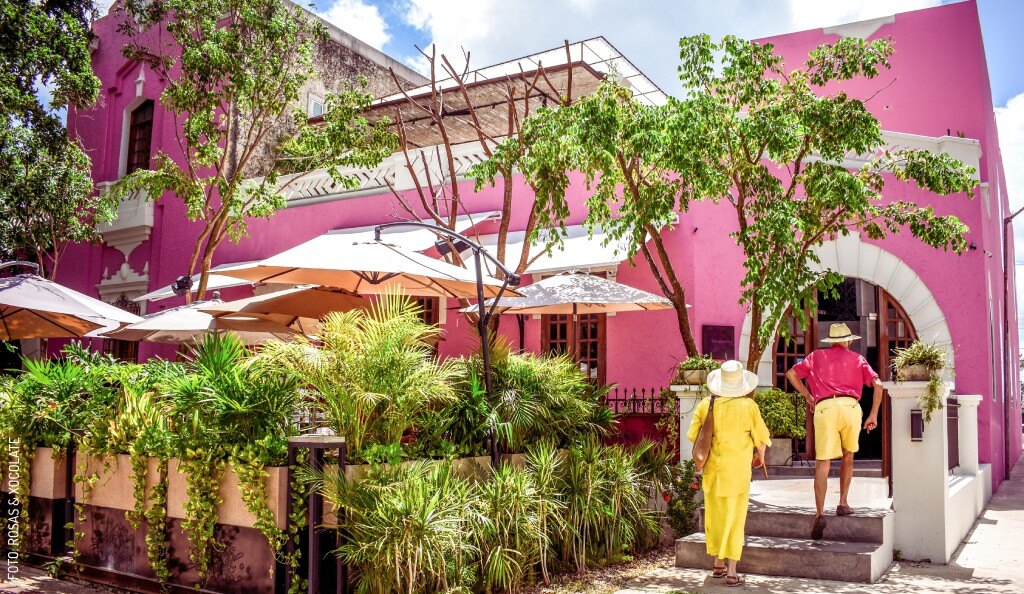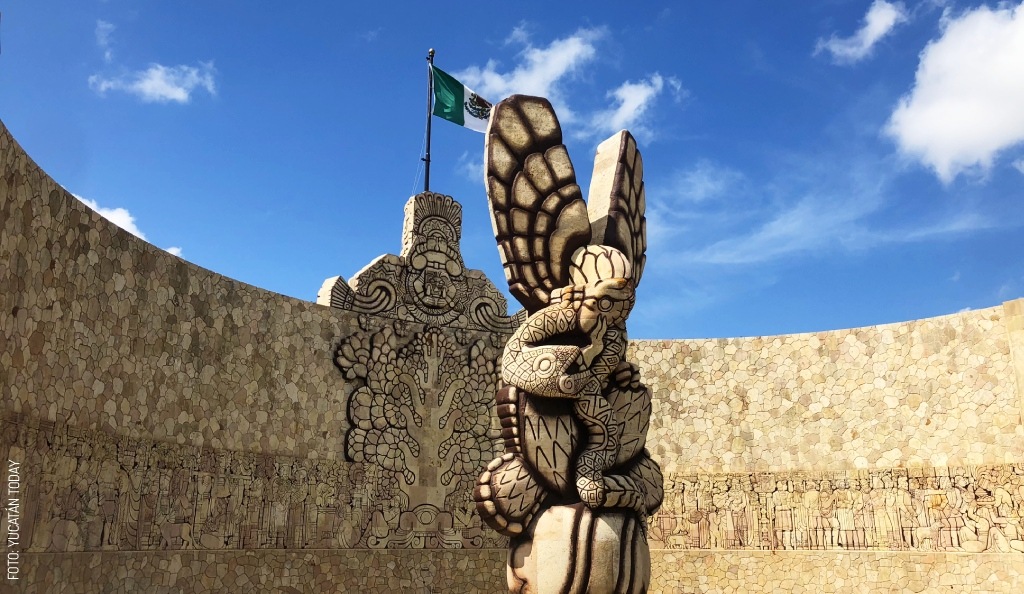
Rómulo Rozo, the artist behind Mérida’s Monumento a la Patria
Rómulo Rozo, the artist behind Mérida’s Monumento a la Patria, Beloved Friend of Yucatán.
Rómulo Rozo, Beloved Friend of Yucatán
He created one of the most iconic landmarks of Mérida. A street bears his name, a bronze bust honors his memory on Paseo de Montejo, and his oil portrait hangs in Museo de la Canción Yucateca (The Yucatecan Song Museum). However, to many, this man is (almost) unknown.
Rómulo Rozo is one of those unsung heroes whose work we've all seen at some point, if not daily, but about whom we know little.
Here's another clue: Monumento a la Patria (the Monument to the Homeland), a favorite photo spot for local and foreign visitors, a meeting place, and an informal venue for concerts, rallies, and popular demonstrations, bears his signature. The design of the monument was done by architect Manuel Amabilis, whom Rómulo met in Spain, but the research and carving of the more than 400 historical figures represented on its walls were his doing, a job that took him 12 years, from 1944 to 1956.
How did Rómulo Rozo come to Yucatán?
.jpg)
Rozo arrived in Yucatán from México City, invited by the state government to teach sculpture. Since he was a child in his native Colombia (he was born in Bogotá in 1899), young Rómulo had a passion for the arts, especially sculpture.
His dedication and talent pushed him to explore new horizons. In the 1920s, he traveled to Europe, where he enrolled at Academia de Bellas Artes de San Fernando in Madrid. Later, in Paris, he studied under Antoine Bourdelle, a former pupil of Auguste Rodin.
The quality of his work earned him recognition in Europe, so much so that in 1929, the Colombian government appointed him to its embassy in México. There, he quickly joined the local art scene. He was invited to be part of the scientific expedition that in 1936, at the behest of the government of Lázaro Cárdenas, explored the then-territory of Quintana Roo, a distant and little-known land.
There, in the newly named Chetumal (which just a year earlier was still known as Payo Obispo), he decorated several public spaces. That experience in the Península made him readily accept the invitation from the government of Yucatán to settle in Mérida in the early 1940s.
Rómulo Rozo's work in Yucatán
.jpg)
Here, he taught sculpture at Escuela de Bellas Artes (the local school of fine arts), where he championed the revival of this ancient art that the Maya had mastered so well. His studio-produced pieces are now part of private collections, but he also continued to create public works, such as the now-lost Monument to the Laws of Reform in Veracruz and commissioned pieces like the sculpture “Imploración,” which adorns a tomb in the French Cemetery in México City.
Despite his widespread recognition, it wasn’t always smooth sailing. “El Pensamiento (The Thought),” a sculpture depicting a man sitting and leaning on his knees with a hat covering his head, was misinterpreted as denigrating Mexicans, something the artist deeply regretted.
Monumento a la Patria in Mérida and other works by Rómulo Rozo
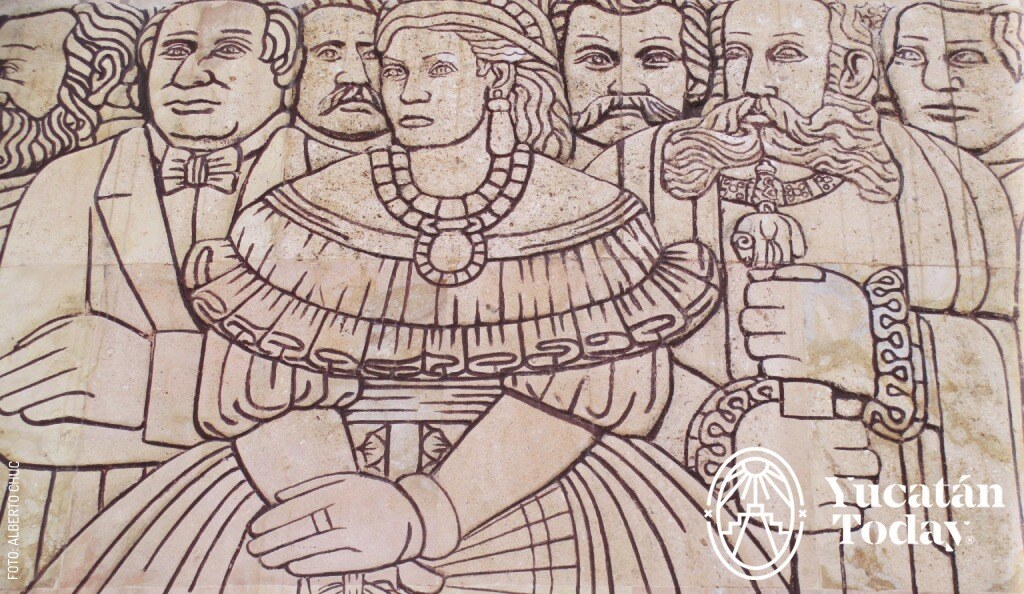
.jpg)
Let's return to Monumento a la Patria. Made with quarry stone brought from Ticul, it is his most famous work (you can see his signature at the base of the columns next to the ramps), but it’s not his only one. The reliefs that adorn Monumento a los Creadores de la Canción Yucateca (the Monument to the Creators of Yucatecan Song) in the General Cemetery are also his. In fact, his connection with Yucatecan Trova goes beyond that—he wasn't just friends with composers and singers, he also wrote a dozen songs that, to the rhythm of Bambuco, are part of the genre. Some of these include “Reina de mi alma (Queen of My Soul)” and “Los clarineros (The Clarinet Players),” with music by Manuel López Barbeito.
And as there is only a small step from Trova to love, his time in the Yucatán Península ended as it had to: Rozo married Manuela Vera, a native of Muna, and together they had two children.
Rómulo Rozo, Mexican at heart
.jpg) His love for Yucatán inspired him to seek Mexican naturalization, but the process was tangled up in bureaucracy. The ending is worthy of a television series: in a dramatic and ironic twist, the naturalization letter was delivered to his home just a few hours after he had passed away on August 17, 1964.
His love for Yucatán inspired him to seek Mexican naturalization, but the process was tangled up in bureaucracy. The ending is worthy of a television series: in a dramatic and ironic twist, the naturalization letter was delivered to his home just a few hours after he had passed away on August 17, 1964.
The news of his death was widely felt: friends, locals, collaborators, and even the governor attended his funeral. His remains rest in a crypt beneath Monumento a la Patria.
Born a Colombian and died a Yucateco, Rómulo Rozo was a fellow countryman, an authentic parcero ("companion," "close friend" in the popular slang of Colombia) of the Yucatán Península.
Photography by Alberto Chuc and Yucatán Today for its use in Yucatán Today.
First published in Yucatán Today print and digital magazine no. 441, in August 2024.
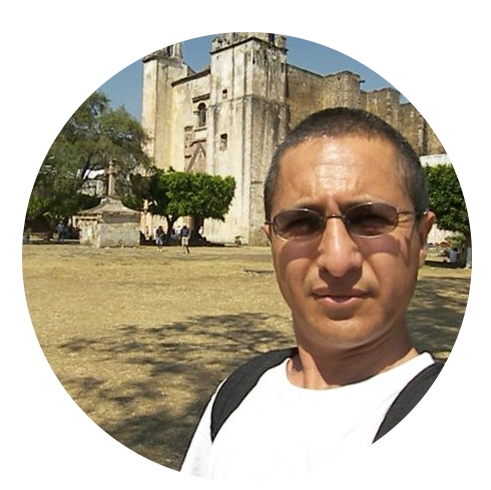
Author: Alberto Chuc
I like to travel through books and in the real world, activities that I combine whenever I can.
In love with Yucatán? Get the best of Yucatán Today delivered to your inbox.
Related articles
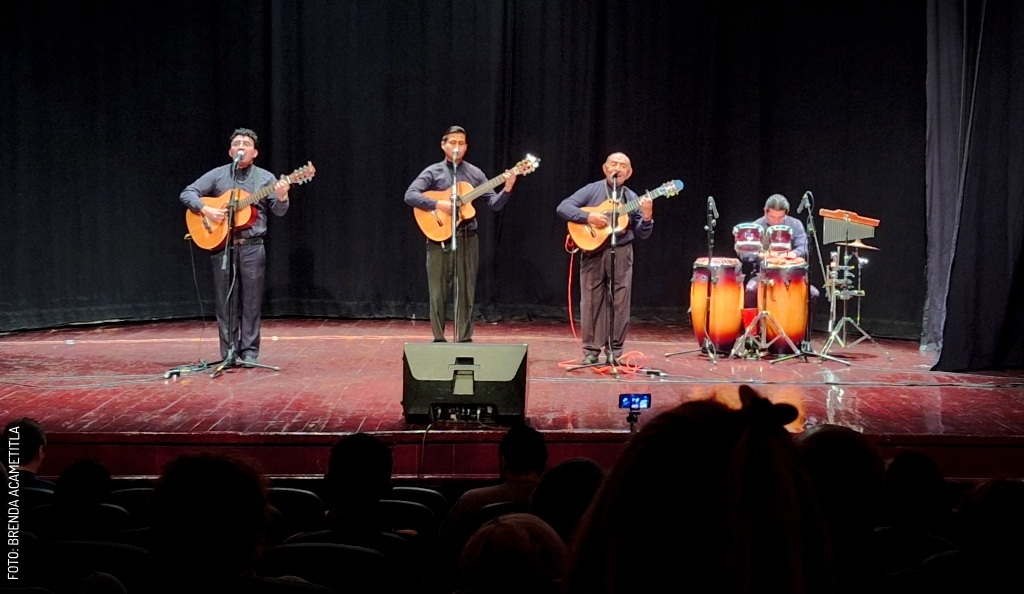
The Trova Route in Mérida
Explore the musical heritage of Mérida through the trova genre, from famous musicians to iconic venues. An itinerary to deep dive in to the Trova...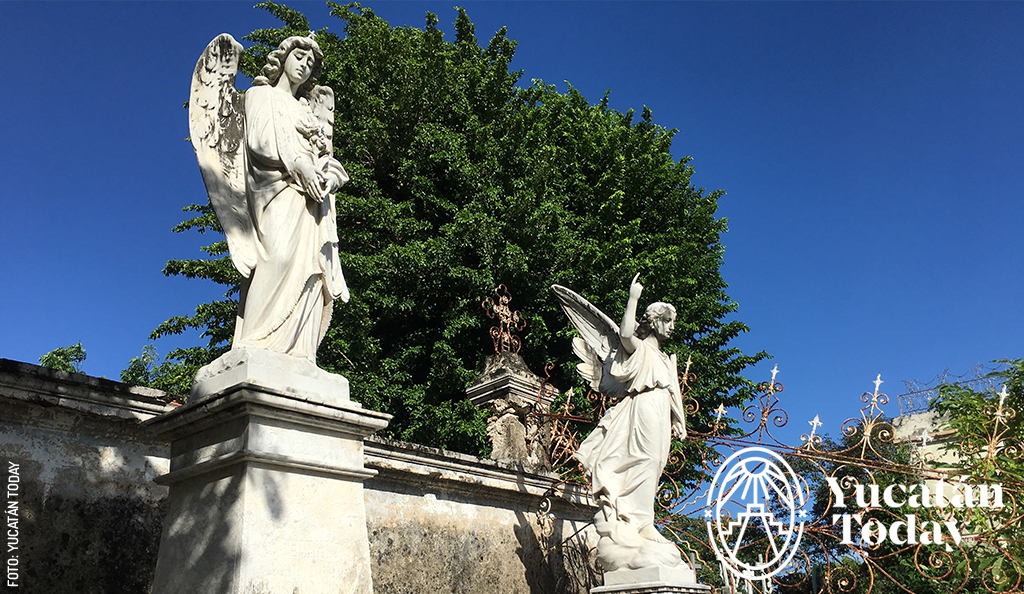
General Cemetery: A Resting Place
Explore Mérida's General Cemetery, a place full of history, art and culture, with unique architectural styles and impressive mausoleums.